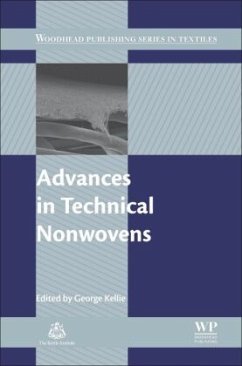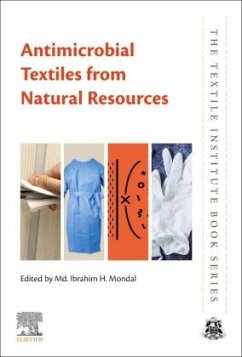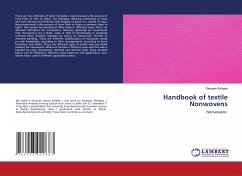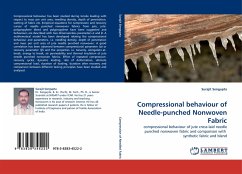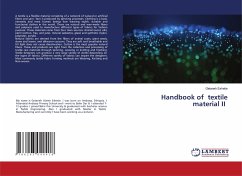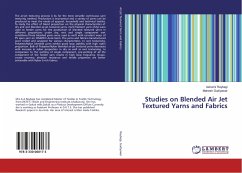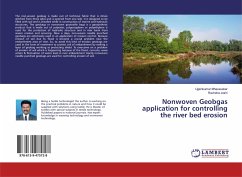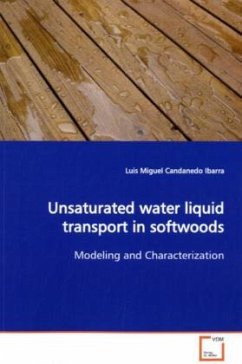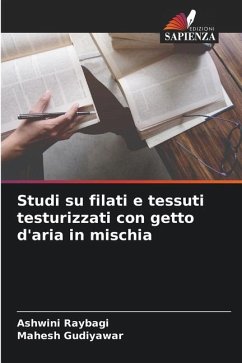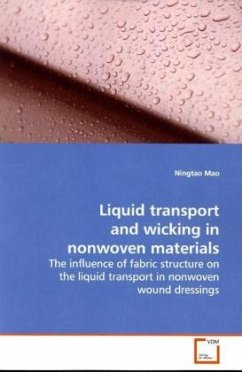
Liquid transport and wicking in nonwoven materials
The influence of fabric structure on the liquid transport in nonwoven wound dressings
Versandkostenfrei!
Versandfertig in 6-10 Tagen
52,99 €
inkl. MwSt.

PAYBACK Punkte
26 °P sammeln!
Nonwoven materials are widely used in medical and hygiene applications, and may demonstrate significant anisotropic characteristics in liquid transport. This study investigates the anisotropic liquid transport in such materials, and establishes a relationship between the structure and anisotropic properties of liquid transport.A comprehensive literature review of liquid transport fibrous materials with particular reference to its importance in the function of wound dressings was conducted. A novel computer-integrated instrument is described that measures the in-plane liquid transmission in up ...
Nonwoven materials are widely used in medical and hygiene applications, and may demonstrate
significant anisotropic characteristics in liquid
transport. This study investigates the anisotropic
liquid transport in such materials, and establishes
a relationship between the structure and anisotropic
properties of liquid transport.
A comprehensive literature review of liquid
transport fibrous materials with particular
reference to its importance in the function of wound
dressings was conducted. A novel computer-integrated
instrument is described that measures the in-plane
liquid transmission in up to eight different
directions. Needle-punched and hydroentangled
fabrics with different structural parameters (fibre
type, fibre diameter, fabric porosity and fibre
orientation) were produced and characterised. The
anisotropic liquid transport properties of these
fabrics were tested using the new instrument. Unique
theoretical models were established to predict the
specific directional permeability of nonwoven
fabrics based on the main fabric structural
parameters (fibre diameter, fabric porosity and
fibre orientation distribution).
significant anisotropic characteristics in liquid
transport. This study investigates the anisotropic
liquid transport in such materials, and establishes
a relationship between the structure and anisotropic
properties of liquid transport.
A comprehensive literature review of liquid
transport fibrous materials with particular
reference to its importance in the function of wound
dressings was conducted. A novel computer-integrated
instrument is described that measures the in-plane
liquid transmission in up to eight different
directions. Needle-punched and hydroentangled
fabrics with different structural parameters (fibre
type, fibre diameter, fabric porosity and fibre
orientation) were produced and characterised. The
anisotropic liquid transport properties of these
fabrics were tested using the new instrument. Unique
theoretical models were established to predict the
specific directional permeability of nonwoven
fabrics based on the main fabric structural
parameters (fibre diameter, fabric porosity and
fibre orientation distribution).



